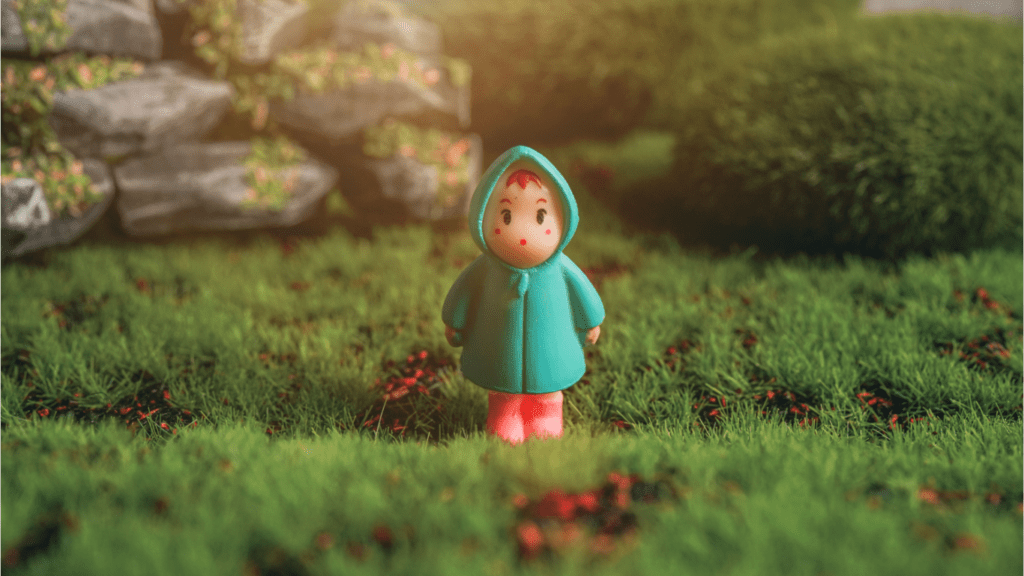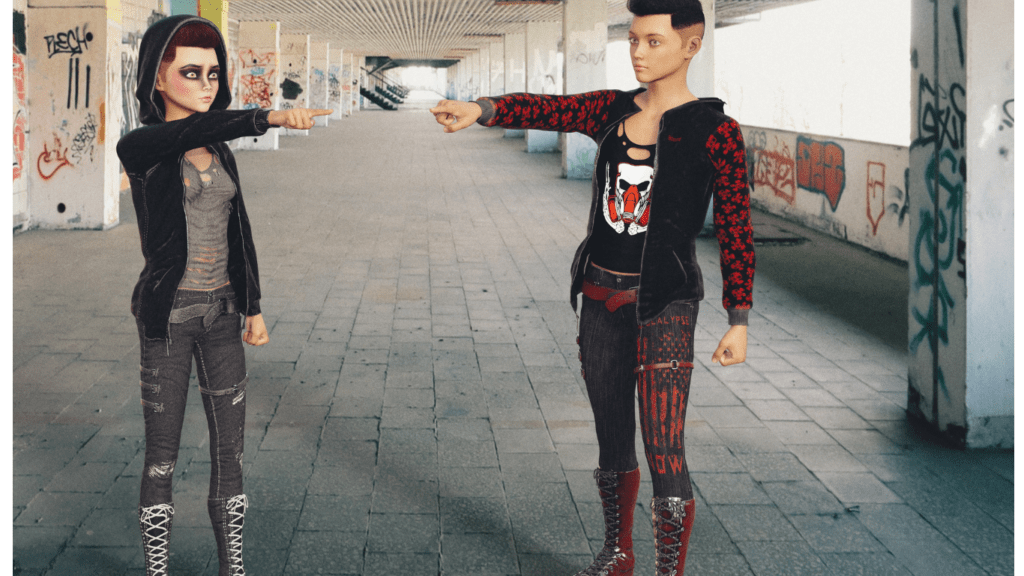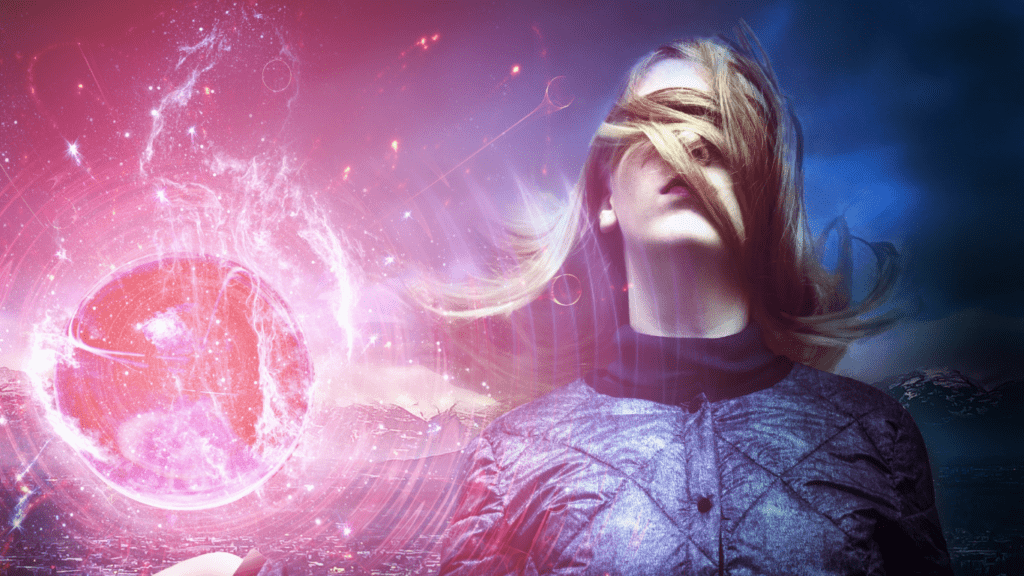Understanding Art Styles in Game Design
Defining Art Style
Art style in game design refers to the visual aesthetics used throughout a game.
It encapsulates everything from character and environment design to color schemes and textures. Art style provides the unique visual identity that distinguishes a game.
Games can adopt various styles like realism, pixel art, 2D hand-drawn art, and 3D animation.
For instance:
- The Legend of Zelda: Breath of the Wild – utilizes a stylized, painterly aesthetic,
- Minecraft employs pixelated, blocky graphics.
Each choice shapes the overall experience and dictates the visual language players engage with.
Importance of Artistic Consistency
Artistic consistency ensures the cohesive visual presentation of a game. When all elements adhere to a single art style, it strengthens immersion and believability.
If characters, environments, and UI elements clash stylistically, it disrupts player engagement.
Consider “Hollow Knight,” where the monochromatic, hand-drawn art style permeates every screen, enhancing the eerie yet charming atmosphere.
Consistency in art style helps maintain thematic coherence, ensuring every visual detail contributes to the game’s narrative and emotional impact.
Consistent artistic direction is crucial for building a recognizable and memorable player experience.
Exploring Major Art Styles in Games
1. Pixel Art and Retro Appeal
Pixel art taps into nostalgia, invoking memories of early gaming with its simplistic, blocky visuals.
Many indie games, such as:
- Celeste
- Shovel Knight
use pixel art to create a sense of nostalgia.
This art style enables developers to focus on gameplay mechanics and storytelling, often constrained by a limited color palette and resolution.
Pixel art, despite its simplicity, allows for intricate and expressive character animations, enhancing the emotional connection players feel with the game.
2. 3D Modeling and Realism
3D modeling introduces a level of detail and immersion unmatched by other art styles.
Games like:
- The Witcher 3: Wild Hunt
- Red Dead Redemption 2
exemplify realistic environments, lifelike characters, and dynamic weather systems.
Realistic 3D modeling requires significant computational resources and development time, yet it captivates players through photorealistic textures and meticulous world-building.
Realism in games also improves player engagement, as the lifelike visuals often result in more immersive gameplay experiences.
3. Stylized and Abstract Visuals
Stylized and abstract visuals break away from traditional realism to offer unique artistic expressions.
Titles such as:
- Journey
- Gris
use vibrant colors, exaggerated proportions, and unconventional designs to create visually stunning worlds.
This approach allows developers to convey emotions and themes without the constraints of real-world fidelity.
Stylized visuals also ensure that a game’s art remains timeless, as they are less likely to become outdated compared to photorealistic graphics.
Players often remember these games for their distinctive art styles, which contribute significantly to their overall appeal and memorable gameplay experiences.
How Art Style Influences Game Mechanics

Art and Gameplay Integration
Art style directly affects how gameplay elements integrate with the game’s world. In “Hollow Knight,” the hand-drawn art style enhances the game’s exploration and platforming mechanics.
Players can easily distinguish between interactive and non-interactive elements because of the consistent visual cues.
In contrast, realistic art styles in games like “Red Dead Redemption 2” make interactions more intuitive by mimicking real-life environments.
Here, objects you can interact with blend seamlessly into the richly detailed world, creating a more immersive experience.
User Interface and User Experience Considerations
Art style significantly impacts the user interface (UI) and user experience (UX).
In minimalist games like “Journey,” the simple UI complements the serene, atmospheric art style, keeping players focused on exploration and emotional storytelling.
Overly complex UI elements would detract from the experience.
On the other hand, games with intricate art styles, such as “World of Warcraft,” have more elaborate UI designs to manage the complex mechanics and plethora of available actions.
A well-integrated UI maintains gameplay flow and enhances user satisfaction by ensuring that aesthetic and functionality align.
Case Studies of Successful Art Choices
Indie Games Leading the Way
Indie games often showcase unique art styles that captivate players. “Celeste” uses pixel art to complement its challenging platforming mechanics, creating a nostalgic yet fresh feel.
The hand-drawn aesthetic in “Hollow Knight” boosts immersion, emphasizing intricate environments and atmospheric storytelling.
“Undertale” employs a minimalist pixel art style to focus on narrative and gameplay, making player interactions more meaningful.
“Cuphead” stands out with its 1930s cartoon-inspired visuals, which, combined with run-and-gun gameplay, offer a distinct and engaging player experience.
Many indie titles gain critical acclaim due to their innovative art styles. These styles often enhance the thematic elements and elevate the overall gameplay.
Blockbuster Games and Visual Spectacles
Blockbuster games leverage advanced graphics to deliver stunning visuals.
- “Red Dead Redemption 2” uses realistic art to immerse players in its expansive open world. Detailed environments and lifelike character animations contribute to an authentic experience.
- “God of War” utilizes a Nordic-inspired art style to enrich its mythological setting. The game’s detailed textures, lighting, and cinematic camera work enhance both storytelling and gameplay.
- “The Witcher 3: Wild Hunt” offers a rich, detailed world with its high-fidelity graphics, immersing players in a visually compelling fantasy universe. The art style bolsters engagement by bringing the game’s narrative and world-building to life.
These blockbuster titles demonstrate how high-budget visuals can create unforgettable immersive worlds. Advanced graphical fidelity and careful art design significantly contribute to player satisfaction and retention.


 Darcy Cazaly is a key contributor at Infinity Game Saga, where he brings his expertise to the world of gaming journalism. As a dedicated member of the team, Darcy focuses on delivering in-depth articles and insightful analyses that cover a broad range of topics within the gaming industry. His work includes exploring the latest trends, dissecting game mechanics, and providing thorough reviews of new releases.
Darcy's commitment to high-quality content ensures that readers receive accurate and engaging information about the evolving gaming landscape. His writing not only informs but also enriches the gaming experience for the community, offering valuable perspectives and up-to-date news. Through his contributions, Darcy helps bridge the gap between gamers and the dynamic world of gaming technology and trends, making him an essential part of the Infinity Game Saga team.
Darcy Cazaly is a key contributor at Infinity Game Saga, where he brings his expertise to the world of gaming journalism. As a dedicated member of the team, Darcy focuses on delivering in-depth articles and insightful analyses that cover a broad range of topics within the gaming industry. His work includes exploring the latest trends, dissecting game mechanics, and providing thorough reviews of new releases.
Darcy's commitment to high-quality content ensures that readers receive accurate and engaging information about the evolving gaming landscape. His writing not only informs but also enriches the gaming experience for the community, offering valuable perspectives and up-to-date news. Through his contributions, Darcy helps bridge the gap between gamers and the dynamic world of gaming technology and trends, making him an essential part of the Infinity Game Saga team.
